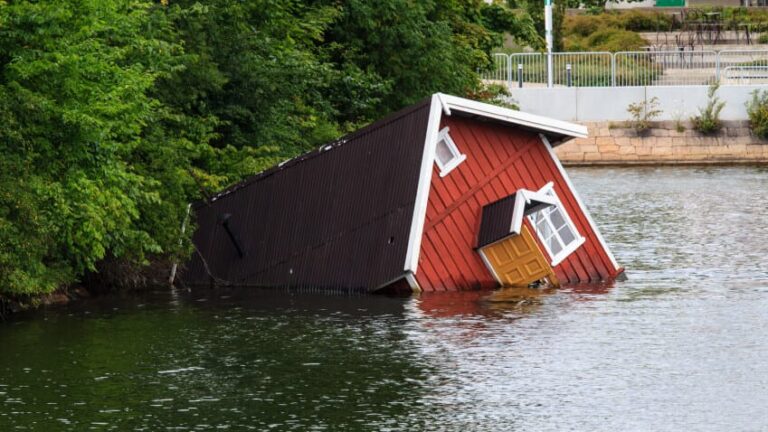Nobody wants to see their house flooded but it becoming an increasing issue across the globe. The simple fact is that environmental changes are increasing the risk of flooding. Of course, there is also the risk of pipes bursting which causes flooding.
Fortunately, there are several things you can do to reduce the risk of flooding.
Annual Inspection
You should contact a local plumber and arrange to have your plumbing inspected at least once a year. This will help you to identify leaks that can be costing you a considerable amount of money. But, they will also be able to detect pipes that are corroding or becoming blocked. These are more likely to burst under the stress of cold winters.
By knowing about these pipes and joints in advance you can take steps to eliminate the issue and potentially prevent a flood from occurring.

Visual Inspection
As well as inspecting your pipes you need to inspect the exterior of your home. Blocked gutters cause rainwater to overflow, this cascades down your walls, increasing the risk of damp in your home. It also doesn’t flow away as smoothly, increasing the risk of floods.
You should check your drains to ensure they are clear and the water flows smoothly away, this is important in heavy storms.
It’s also a good idea to look at the camber of your land. It’s essential that the water is able to flow away from your property and not toward it. If it is flowing toward it you’ll need to have some landscaping done.
When looking at landscaping it’s a good idea to surround your house with concrete, preferably around a foot wide. This can have a slight slope, helping to send the water away.
But, if you are expecting large amounts of water it’s a good idea to create channels next to the concrete slope and channel the water to where you want. In heavy rain, it may seem like a most but it will protect your home.

Add A Pump
Submersible pumps are designed to sit in a pit in your basement, making them the lowest point of your home. It’s your last defense against flooding. The principle is that any flood water will go to the bottom of your house first. As soon as the water fills the pit the sensor will tell the pump to start working.
The exit of the pump will be connected to a pipe that pushes the water out of the house and sends it in a direction away from the property.
Providing you have purchased a pump that is designed to remove the water as fast as it builds up, you can prevent the water level inside your home from rising.
The great thing about this is that you don’t need to do anything for it to start working. Of course, annual servicing and maintenance will help to ensure your pump works when you need it the most. With a little forethought and planning, you can stop your home from flooding, even if those around you are flooded.








